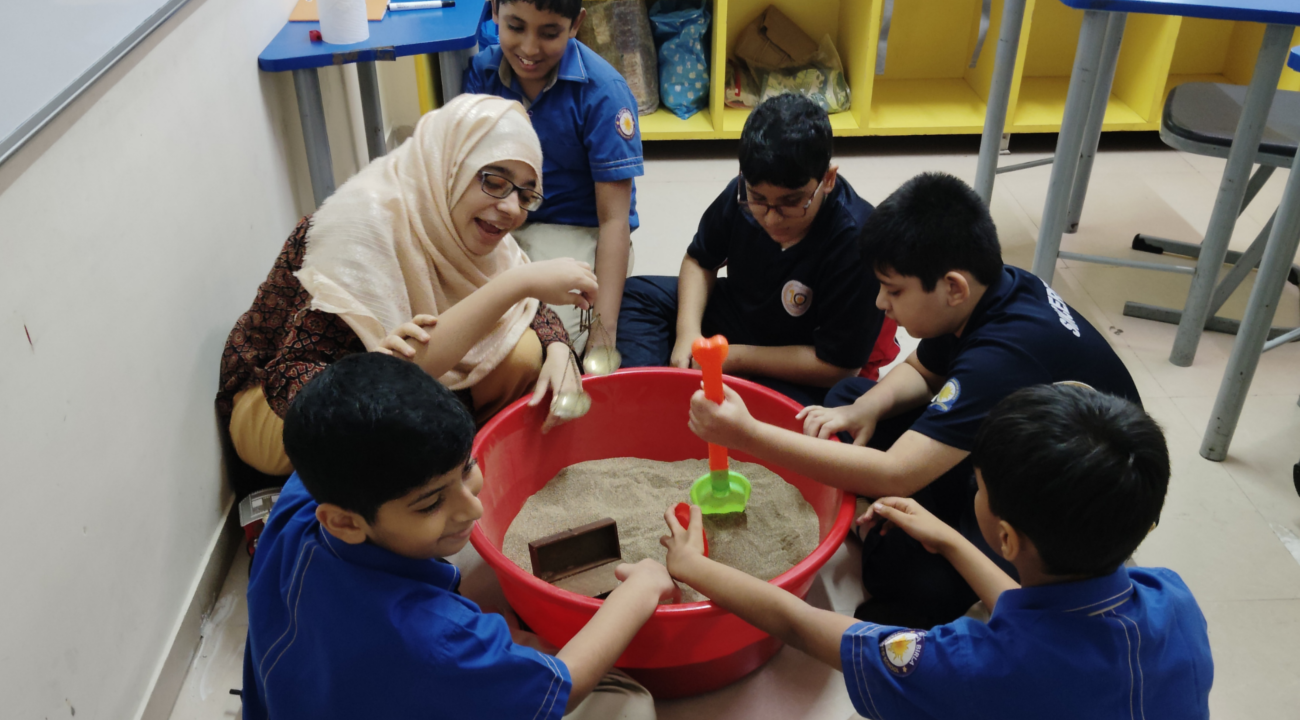

Designing a sensory-friendly classroom in Mumbai’s bustling school environment is both a challenge and a necessity. With constant noise, crowded spaces, and urban distractions, children with sensory needs can easily feel overwhelmed. A well-planned sensory classroom supports their ability to learn, regulate emotions, and feel included. Teachers can begin by incorporating calming elements such as soft lighting, natural colors, and noise-dampening materials to reduce overstimulation. Flexible seating, quiet corners, and sensory tools like fidget items or textured mats allow students to choose what helps them focus best. Clear organization, visual schedules, and minimal clutter also create predictability, easing anxiety. Importantly, sensory-friendly design benefits every child—not just those with identified needs—by fostering a calmer and more supportive environment. In Mumbai’s fast-paced schools, such classrooms are not just accommodations but a step toward inclusive and holistic education that values the unique learning needs of all students.
A sensory-friendly classroom supports students with sensory processing issues, as the traditional classroom presents huge obstacles. It’s full of color, bright lights, and loud noises that contribute to sensory overload. Building a sensory-friendly classroom can help each of your students learn and excel. It reduces distractions, provides comfort, and supports learning. It is especially helpful for students with autism, ADHD, and sensory integration needs. The goal is to promote engagement and reduce stress in the learning environment.
Mumbai schools are often bustling with noise and crowded classrooms, which can feel overwhelming for students with sensory challenges. Such environments may heighten stress and make it difficult for them to focus or participate fully. By integrating sensory-friendly practices into classrooms, schools can create safe and calming spaces where students feel supported. This not only helps children regulate their emotions but also enhances concentration, reduces anxiety, and encourages meaningful engagement in learning. Ultimately, sensory integration fosters academic success while promoting emotional well-being, making classrooms more inclusive and supportive for every learner.
Here are some key elements to keep in mind when designing a sensory-friendly space:
Inclusive classrooms serve all learners, including those with special needs. Designing such spaces in Mumbai schools involves careful planning. Consider student needs, classroom size, and available resources. Focus on flexible layouts, clutter-free zones, and multi-sensory materials.
Creating sensory classrooms doesn’t need to be expensive. Here are affordable strategies that can help:
Mumbai’s schools, especially the special schools in Mumbai, often face space and budget limits. High student numbers and limited resources can make sensory integration tough. However, with creativity and awareness, even small changes can make a big difference. A thoughtful layout and trained staff are key.
For a sensory-friendly classroom to work, teacher training is essential. Staff must understand sensory needs and use calming strategies. Workshops, peer support, and online courses can help build these skills. Empowered teachers create more inclusive learning environments.
Awareness and support for special needs education in Mumbai is growing. Many schools now include children with diverse learning needs. A sensory-friendly design is one step towards a fully inclusive school. Community involvement and policy support can drive change further.
Designing a sensory-friendly classroom in a Mumbai school is a powerful move. It creates a space where every child feels valued, safe, and ready to learn. With smart design, collaboration, and awareness, sensory integration in schools can become the new norm.